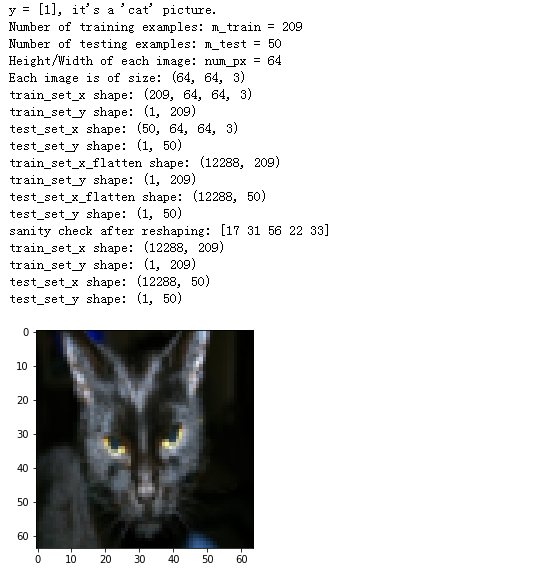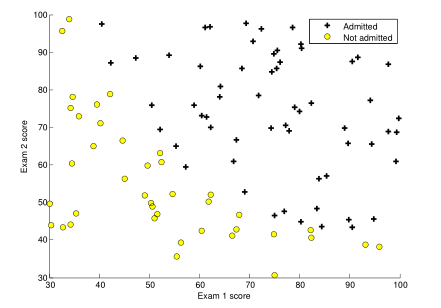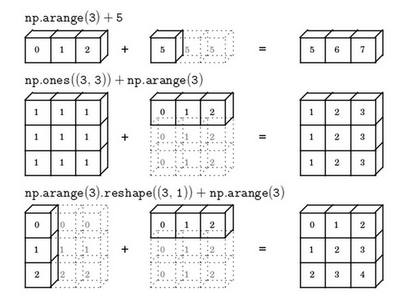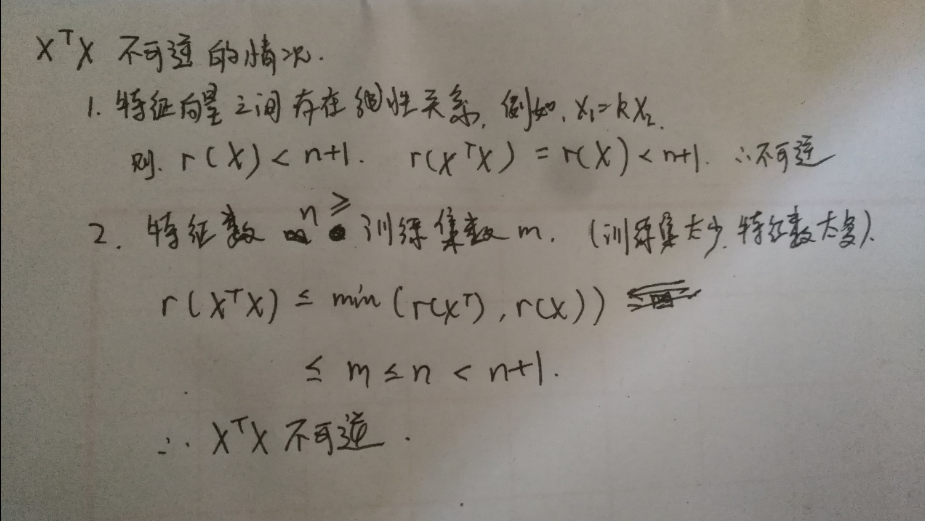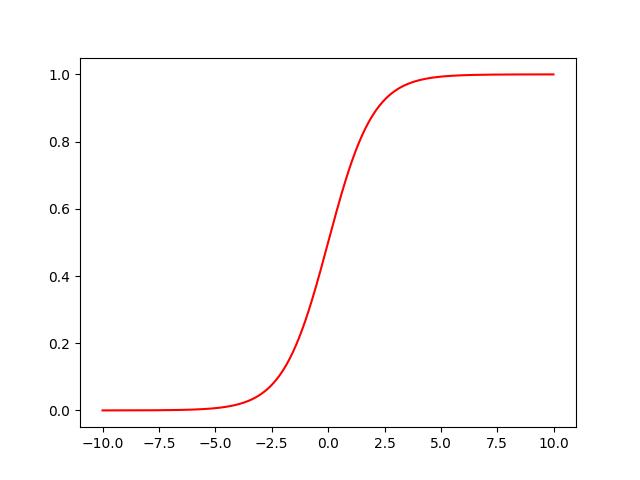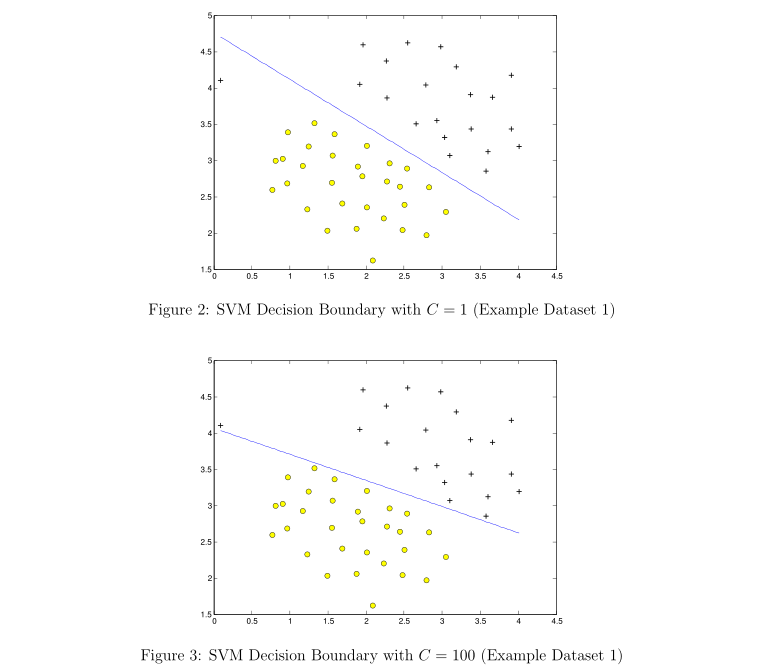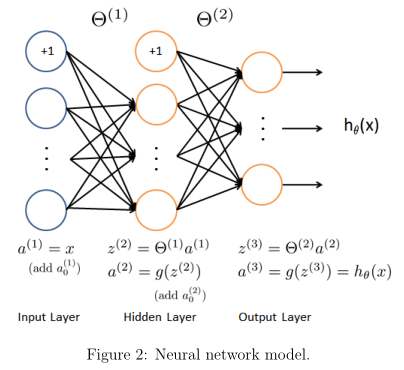代碼標注及運行、調試結果
tips:深度學習中的很多錯誤軟件來自矩陣/向量的維度不匹配,要注意檢查
1.準備工作
import numpy as np '''python用于科學計算的基礎包''' import matplotlib.pyplot as plt '''python中繪制圖形的庫''' import h5py '''與存儲在H5文件中的數據集交互的常見包''' import scipy from PIL import Image from scipy import ndimage from lr_utils import load_dataset %matplotlib inline ###加載設置好的數據集### train_set_x_orig, train_set_y, test_set_x_orig, test_set_y, classes = load_dataset() index = 25 plt.imshow(train_set_x_orig[index]) print ("y = " + str(train_set_y[:, index]) + ", it's a '" + classes[np.squeeze(train_set_y[:, index])].decode("utf-8") + "' picture.") ###train_set_x_orig的數組形式:shape (m_train, num_px, num_px, 3) #例如可以通過訪問:train_set_x_orig.shape[0] 訪問到m_train(訓練數量) ###應用### m_train = train_set_x_orig.shape[0] m_test = test_set_x_orig.shape[0] num_px = train_set_x_orig.shape[1] print ("Number of training examples: m_train = " + str(m_train)) print ("Number of testing examples: m_test = " + str(m_test)) print ("Height/Width of each image: num_px = " + str(num_px)) print ("Each image is of size: (" + str(num_px) + ", " + str(num_px) + ", 3)") print ("train_set_x shape: " + str(train_set_x_orig.shape)) print ("train_set_y shape: " + str(train_set_y.shape)) print ("test_set_x shape: " + str(test_set_x_orig.shape)) print ("test_set_y shape: " + str(test_set_y.shape)) #轉化訓練和測試用例 ###想要將一個形如(a,b,c,d)的矩陣轉化為 (b ?? c ?? d, a) 的矩陣,使用X_flatten = X.reshape(X.shape[0], -1).T 其中X.T 是X的矩陣的轉置### ###應用### train_set_x_flatten = train_set_x_orig.reshape(train_set_x_orig.shape[0], -1).T test_set_x_flatten = test_set_x_orig.reshape(test_set_x_orig.shape[0], -1).T print ("train_set_x_flatten shape: " + str(train_set_x_flatten.shape)) print ("train_set_y shape: " + str(train_set_y.shape)) print ("test_set_x_flatten shape: " + str(test_set_x_flatten.shape)) print ("test_set_y shape: " + str(test_set_y.shape)) print ("sanity check after reshaping: " + str(train_set_x_flatten[0:5,0])) #??????? #要表示彩色圖像,必須為每個像素指定紅色,綠色和藍色通道(RGB),因此像素值實際上是包含三個數字的向量,范圍從0到255。 #機器學習中一個常見的預處理步驟是對數據集進行居中和標準化,這意味著您從每個示例中減去整個numpy數組的平均值, #然后將每個示例除以整個numpy數組的標準偏差。 但是對于圖片數據集,它更簡單,更方便,幾乎可以將數據集的每一行除以255(像素通道的最大值)。 #將我們的數據集進行標準化。 train_set_x = train_set_x_flatten/255. test_set_x = test_set_x_flatten/255. print ("train_set_x shape: " + str(train_set_x.shape)) print ("train_set_y shape: " + str(train_set_y.shape)) print ("test_set_x shape: " + str(test_set_x.shape)) print ("test_set_y shape: " + str(test_set_y.shape)) ###預處理新數據集的常用步驟如下: ###弄清楚問題的大小和形狀(m_train,m_test,num_px,...) ###重塑數據集,使每個示例是一個大小為(num_px * num_px * 3,1)的向量的“標準化”數據
結果:
2.數組訪問技巧
train_set_x_orig的數組形式:shape (m_train, num_px, num_px, 3) #例如可以通過訪問:train_set_x_orig.shape[0] 訪問到m_train(訓練數量)
3.學習算法的一般體系結構
設計一種簡單的算法來區分貓圖像和非貓圖像。
您將使用神經網絡思維模式構建Logistic回歸。 下圖解釋了為什么Logistic回歸實際上是一個非常簡單的神經網絡!

數學表達式:
針對樣例

cost函數:

接下來完成以下步驟:
- 初始化模型的參數
- 通過最小化成本來了解模型的參數
- 使用學習的參數進行預測(在測試集上)
- 分析結果并得出結論
4.開始構建算法的各個部分
構建神經網絡的主要步驟是:
定義模型結構(例如輸入元素的數量)
初始化模型的參數
循環:
計算當前loss函數(前向傳播)
計算當前梯度(反向傳播)
更新參數(梯度下降)
經常會單獨構建以上三個循環,并將它們集成到一個我們稱為model()的函數中。
4.1 幫助函數
使用“Python Basics”中的代碼,實現sigmoid(),通過計算sigmoid,對其  進行預測,其中建議使用np.exp()
進行預測,其中建議使用np.exp()
import numpy as np
def sigmoid(z):
"""
計算z的sigmoid函數
參數:
z -- 任意大小的數組或者常量.
返回值:
s -- sigmoid(z)
"""
###應用###
s = 1 / (1 + np.exp(-z))
###s = (1 + np.exp(-z))**(-1) 也可以
return s
#函數輸出的測試(可以通過數組的方式一次輸入多個)
print ("sigmoid([3, 0]) = " + str(sigmoid(np.array([3,0]))))
4.2 初始化參數
如果輸入的是圖片,則w的維度設置為 (num_px ×× num_px ×× 3, 1).
將w初始化為0,建議使用np.zeros() ,b的值根據實際情況進行設置
import numpy as np
def initialize_with_zeros(dim):
"""
該函數創建一個維數為(dim,1),元素值為0的列向量,將b初始化為0
參數:
dim -- 我們想要設置的w向量的大小(或者是用例中的參數個數)
返回值:
w -- 初始化為 (dim, 1)的向量
b -- 初始化標量(對應于偏差)
"""
### 應用###
w = np.zeros((dim, 1), dtype=np.float) #dtype指定數據類型
b = 9
#檢測
assert(w.shape == (dim, 1))
assert(isinstance(b, float) or isinstance(b, int))
return w, b
驗證輸出:
dim = 7
w, b = initialize_with_zeros(dim)
print ("w = " + str(w))
print ("b = " + str(b))
4.3前向和反向傳播
目前參數已經進行初始化了,接下來可以通過執行前向和反向傳播步驟進一步學習參數
實現propagate() 函數,計算cost函數以及他的梯度下降
提示:
前向傳播:
1) 獲得X矩陣
2)計算
3)計算cost函數 
可能用到的公式:

# 前向傳播函數 import numpy as np def sigmoid(z): ###應用### s = 1 / (1 + np.exp(-z)) ###s = (1 + np.exp(-z))**(-1) 也可以 return s def propagate(w, b, X, Y): """ 參數: w -- 權重,大小為(num_px * num_px * 3, 1)的數組 b -- 偏差, 是個常量 X -- 數據大小 (num_px * num_px * 3, 樣本大小) Y -- "label" 向量(0表示不是貓, 1表示是貓),其維數為(1, 樣本大小) 返回值: cost -- 公式計算得出的值 dw -- loss對w的導數, 因此維數與w一樣 db -- loss對b的導數, 因此維數與b一樣 提示: - 建議使用 np.log(), np.dot() """ m = X.shape[1] #前向 ### 應用np里面的內置函數 A = sigmoid(np.dot(w.T,X)+b) #計算**函數 cost =-1/m * np.sum(Y * np.log(A)+(1-Y)*np.log(1-A)) #計算cost函數,注意負號和A # 反向 ###注意.dot的使用 dw = 1/m*(np.dot(X,(A-Y).T)) db = 1/m*np.sum(A-Y) ### END CODE HERE ### assert(dw.shape == w.shape) assert(db.dtype == float) cost = np.squeeze(cost) assert(cost.shape == ()) grads = {"dw": dw, "db": db} return grads, cost
驗證輸出:
w, b, X, Y = np.array([[1.],[2.]]), 2., np.array([[1.,2.,-1.],[3.,4.,-3.2]]), np.array([[1,0,1]]) grads, cost = propagate(w, b, X, Y) print ("dw = " + str(grads["dw"])) print ("db = " + str(grads["db"])) print ("cost = " + str(cost))
4.4優化函數
目前已經初始化參數、計算cost函數及其梯度,現在要做的是使用梯度下降更新參數。
構造優化函數,通過最小化cost函數J,找到合適的w和b的值
對于參數θ,更新規則是θ=θ-αdθ,其中α為學習率
def optimize(w, b, X, Y, num_iterations, learning_rate, print_cost = False): """ 通過梯度下降算法,優化參數w和b 參數: w -- 權重,大小為(num_px * num_px * 3, 1)的數組 b -- 偏差, 是個常量 X -- 數據大小 (num_px * num_px * 3, 樣本大小) Y -- "label" 向量(0表示不是貓, 1表示是貓),其維數為(1, 樣本大小) num_iterations -- 優化循環的迭代次數 learning_rate --梯度下降更新規則的學習率 print_cost --每100步打印一次loss函數 返回值: params -- 一個dictionary 包含權重w和偏差b grads -- 一個dictionary 包含所期望的cost函數中的權重的導數dw和偏差的導數db costs -- 一個list 包含優化過程中計算的所有的cost函數值,用于繪制學習曲線 提示: 主要包含以下兩個步驟并進行迭代: 1)使用propagate() 計算當前參數的cost函數和梯度 2)使用梯度下降規則中的w和b更新參數 """ costs = [] for i in range(num_iterations): ###調用前向傳播函數### grads, cost = propagate(w, b, X, Y) # Retrieve derivatives from grads dw = grads["dw"] db = grads["db"] #更新規則 ###注意轉化為矩陣的相乘的形式### w = w - np.dot(learning_rate, dw) b = b - np.dot(learning_rate, db) # Record the costs if i % 100 == 0: costs.append(cost) # Print the cost every 100 training examples if print_cost and i % 100 == 0: print ("Cost after iteration %i: %f" %(i, cost)) params = {"w": w, "b": b} grads = {"dw": dw, "db": db} return params, grads, costs
仍然使用前面設定的值對函數進行結果測試:
params, grads, costs = optimize(np.array([[1.],[2.]]), 2., np.array([[1.,2.,-1.],[3.,4.,-3.2]]), np.array([[1,0,1]]), num_iterations= 100, learning_rate = 0.009, print_cost = False) print ("w = " + str(params["w"])) print ("b = " + str(params["b"])) print ("dw = " + str(grads["dw"])) print ("db = " + str(grads["db"]))
前面的函數將輸出最終學習的w和b,我們可以用w和b的值去預測數據集X的標簽,應用predict()函數,主要分為兩個步驟來計算預測值
1.計算 
2.將a的值轉換成0(**函數<=0.5)或1(**函數>0.5),將預測值存儲在向量Y_prediction中(也可以通過在for循環中使用if...else實現)
# GRADED FUNCTION: predict def predict(w, b, X): ''' 使用學習到的logistic 回歸參數(w,b)來預測標簽值是0還是1 參數: w -- 權重,大小為(num_px * num_px * 3, 1)的數組 b -- 偏差, 是個常量 X -- 數據大小 (num_px * num_px * 3, 樣本大小) 返回值: Y_prediction -- 包含在X中的樣本的所有預測值,是一個數組或者向量 ''' m = X.shape[1] Y_prediction = np.zeros((1,m)) w = w.reshape(X.shape[0], 1) # Compute vector "A" predicting the probabilities of a cat being present in the picture ### START CODE HERE ### A = sigmoid(np.dot(w.T, X) + b) ### END CODE HERE ### print(A.shape[1]) for i in range(A.shape[1]): if A[0,i] <= 0.5: Y_prediction[0, i] = 0 else: Y_prediction[0, i] = 1 # Convert probabilities A[0,i] to actual predictions p[0,i] ### START CODE HERE ### (≈ 4 lines of code) ### END CODE HERE ### assert(Y_prediction.shape == (1, m)) return Y_prediction
驗證輸出:
w = np.array([[0.1124579],[0.23106775]]) b = -0.3 X = np.array([[1.,-1.1,-3.2],[1.2,2.,0.1]]) print ("predictions = " + str(predict(w, b, X)))
5.將所有函數合并到模型中
通過以下提示,實現模型函數:
--Y_prediction_test 測試集上的預測值
--Y_prediction_train 訓練集上的預測值
--optimize() 優化輸出的 w,costs,grads 值
# GRADED FUNCTION: model def sigmoid(z): ###應用### s = 1 / (1 + np.exp(-z)) ###s = (1 + np.exp(-z))**(-1) 也可以 return s def initialize_with_zeros(dim): w = np.zeros((dim,1)) b = 9 assert(w.shape == (dim, 1)) assert(isinstance(b, float) or isinstance(b, int)) return w, b def propagate(w, b, X, Y): m = X.shape[1] #前向 ### 應用np里面的內置函數 A = sigmoid(np.dot(w.T,X)+b) #計算**函數 cost =-1/m * np.sum(Y * np.log(A)+(1-Y)*np.log(1-A)) #計算cost函數,注意負號和A # 反向 ###注意.dot的使用 dw = 1/m*(np.dot(X,(A-Y).T)) db = 1/m*np.sum(A-Y) ### END CODE HERE ### assert(dw.shape == w.shape) assert(db.dtype == float) cost = np.squeeze(cost) assert(cost.shape == ()) grads = {"dw": dw, "db": db} return grads, cost def optimize(w, b, X, Y, num_iterations, learning_rate, print_cost = False): costs = [] for i in range(num_iterations): ###調用前向傳播函數### grads, cost = propagate(w, b, X, Y) # Retrieve derivatives from grads dw = grads["dw"] db = grads["db"] #更新規則 ###注意轉化為矩陣的相乘的形式### w = w - np.dot(learning_rate, dw) b = b - np.dot(learning_rate, db) # Record the costs if i % 100 == 0: costs.append(cost) # Print the cost every 100 training examples if print_cost and i % 100 == 0: print ("Cost after iteration %i: %f" %(i, cost)) params = {"w": w, "b": b} grads = {"dw": dw, "db": db} return params, grads, costs def predict(w, b, X): m = X.shape[1] Y_prediction = np.zeros((1,m)) w = w.reshape(X.shape[0], 1) # Compute vector "A" predicting the probabilities of a cat being present in the picture ### START CODE HERE ### A = sigmoid(np.dot(w.T, X) + b) ### END CODE HERE ### print(A.shape[1]) for i in range(A.shape[1]): if A[0,i] <= 0.5: Y_prediction[0, i] = 0 else: Y_prediction[0, i] = 1 # Convert probabilities A[0,i] to actual predictions p[0,i] ### START CODE HERE ### (≈ 4 lines of code) ### END CODE HERE ### assert(Y_prediction.shape == (1, m)) return Y_prediction def model(X_train, Y_train, X_test, Y_test, num_iterations = 2000, learning_rate = 0.5, print_cost = False): """ 通過調用之前實現的函數構建logistic回歸模型 參數: X_train -- 維數為 (num_px * num_px * 3, m_train) 的訓練集 Y_train -- 維數為 (1, m_train) 的訓練標簽 X_test -- 維數為 (num_px * num_px * 3, m_test) 的測試集 Y_test -- 維數為(1, m_test) 的測試標簽 num_iterations -- 超參數,表示優化參數的迭代次數 learning_rate -- 超參數,表示在optimize()更新規則中使用的學習率 print_cost -- 設置為true,以每100次迭代打印cost函數的值 返回值: d -- 一個dictionary,包含一個模型的基本信息. """ ### START CODE HERE ### # initialize parameters with zeros (≈ 1 line of code) w, b = initialize_with_zeros(X_train.shape[0]) # Gradient descent (≈ 1 line of code) parameters, grads, costs = optimize(w, b, X_train, Y_train, num_iterations, learning_rate, print_cost) # Retrieve parameters w and b from dictionary "parameters" w = parameters["w"] b = parameters["b"] # Predict test/train set examples (≈ 2 lines of code) Y_prediction_test = predict(w, b, X_test) Y_prediction_train = predict(w, b, X_train) ### END CODE HERE ### # Print train/test Errors print("train accuracy: {} %".format(100 - np.mean(np.abs(Y_prediction_train - Y_train)) * 100)) print("test accuracy: {} %".format(100 - np.mean(np.abs(Y_prediction_test - Y_test)) * 100)) d = {"costs": costs, "Y_prediction_test": Y_prediction_test, "Y_prediction_train" : Y_prediction_train, "w" : w, "b" : b, "learning_rate" : learning_rate, "num_iterations": num_iterations} return d
驗證輸出:
import numpy as np import matplotlib.pyplot as plt import h5py import scipy from PIL import Image from scipy import ndimage from lr_utils import load_dataset %matplotlib inline train_set_x_orig, train_set_y, test_set_x_orig, test_set_y, classes = load_dataset() index = 25 ###plt.imshow(test_set_x_orig[index])### plt.imshow(train_set_x_orig[index]) print ("y = " + str(train_set_y[:, index]) + ", it's a '" + classes[np.squeeze(train_set_y[:, index])].decode("utf-8") + "' picture.") ###train_set_x_orig的數組形式:shape (m_train, num_px, num_px, 3) #例如可以通過訪問:train_set_x_orig.shape[0] 訪問到m_train(訓練數量) ### START CODE HERE ### (≈ 3 lines of code) m_train = train_set_x_orig.shape[0] m_test = test_set_x_orig.shape[0] num_px = train_set_x_orig.shape[1] ### END CODE HERE ### ### START CODE HERE ### (≈ 2 lines of code) train_set_x_flatten = train_set_x_orig.reshape(train_set_x_orig.shape[0], -1).T test_set_x_flatten = test_set_x_orig.reshape(test_set_x_orig.shape[0], -1).T ### END CODE HERE ### train_set_x = train_set_x_flatten/255. test_set_x = test_set_x_flatten/255. print ("train_set_x shape: " + str(train_set_x.shape)) print ("train_set_y shape: " + str(train_set_y.shape)) print ("test_set_x shape: " + str(test_set_x.shape)) print ("test_set_y shape: " + str(test_set_y.shape)) d = model(train_set_x, train_set_y, test_set_x, test_set_y, num_iterations = 2000, learning_rate = 0.005, print_cost = True)
輸出:
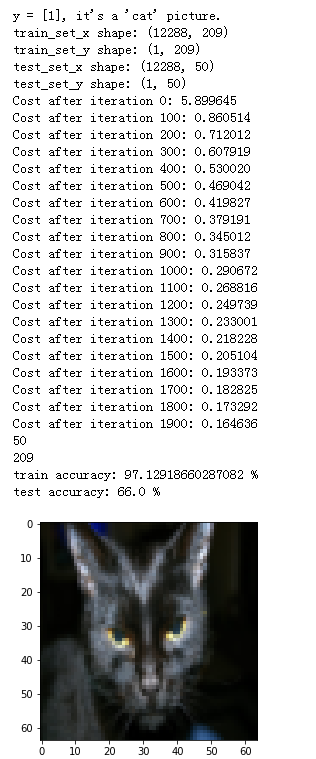
分析:訓練正確率接近100%。有一個不錯的完整性檢查:您的模型正在運行,并且具有足夠的容量來適應訓練數據。測試錯誤率約為40%(?),對于這個簡單模型是可以接受的,我們使用的是比較少的數據集而且logistic回歸是一個線性分類器,下周將嘗試更加準確的分類器
此外,可以看出,模型顯然過度擬合了訓練數據,之后將學習如何減少過擬合,例如:使用正規化,使用以下代碼并改變index的值,可以看到測試集的預測值
增加迭代次數,進行測試:
d = model(train_set_x, train_set_y, test_set_x, test_set_y, num_iterations = 3000, learning_rate = 0.005, print_cost = True) #更改 num_iterations = 3000 參數
部分結果:

繪制學習率曲線:

解釋:可以看出cost函數不斷下降,這表明各項參數正在被學習。你會發現你可以在訓練集上訓練模型,試著增加上述單元的迭代次數并返回,會發現訓練集的正確率增加,但是測試集的正確率下降,稱之為過擬合(overfitting)
6.附加題1
通過以下提示,實現模型函數,測試學習率α可能的值
提示:為了使得梯度下降更有效,應選擇更加合適的學習率,學習率α決定了是否能快速更新參數。學習率過大,可能會“超”過最佳值,學習率過小,將需要更多的迭代來收斂(收斂)到最佳值。這就是為何選擇一個“精調”的學習率的至關重要的原因
運行以下代碼,輸入不同的學習率,觀察結果:
learning_rates = [0.01, 0.001, 0.0001] models = {} for i in learning_rates: print ("learning rate is: " + str(i)) models[str(i)] = model(train_set_x, train_set_y, test_set_x, test_set_y, num_iterations = 1500, learning_rate = i, print_cost = False) print ('\n' + "-------------------------------------------------------" + '\n') for i in learning_rates: plt.plot(np.squeeze(models[str(i)]["costs"]), label= str(models[str(i)]["learning_rate"])) plt.ylabel('cost') plt.xlabel('iterations (hundreds)') legend = plt.legend(loc='upper center', shadow=True) frame = legend.get_frame() frame.set_facecolor('0.90') plt.show()

解釋:
1)不同的學習率會得到不同的cost值,因此會有不同的預測結果
2)如果學習率過大(0.01),cost值將上下擺動,甚至會偏離(即使在這個例子中,使用0.01能最終收斂到cost的一個合適的值)
3)cost值小不代表是一個好模型,必須檢查會不會有可能過擬合,過擬合經常發生在訓練正確率比測試正確率大很多的情況下
4)在深度學習中,強烈推薦:
選擇合適的學習率來使cost函數盡可能小
如果你的模型過擬合,選擇其他技術來減少過擬合(之后繼續學習)
7.附加題2
自己添加圖片,測試模型如何處理:
總結:
1)對數據集進行預處理很重要
2)分別實現每個函數功能,再將其合并到一個model()函數中
3)調整學習率(這是“超參數”的一個例子)可以給算法帶來很大不同,后面將看到更多的例子。
